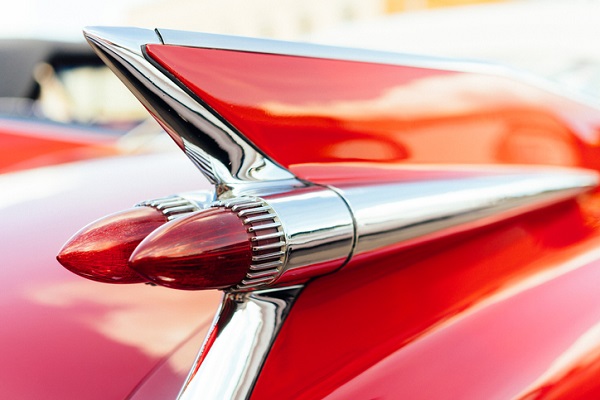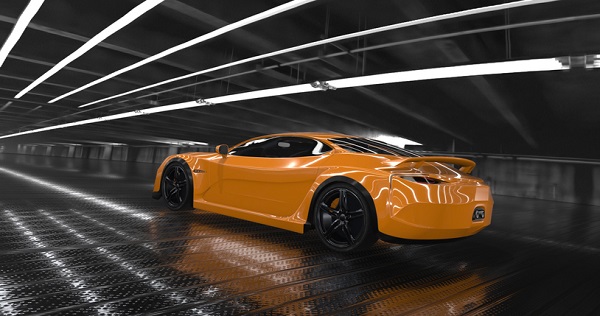Interested in Auto Mechanic Courses? Discover the History of the Car Spoiler

What do you picture when you think of a car spoiler? You may be imagining the oversize metal wing that hangs off the back of a Fast & Furious-style sports car. However, there is a whole lot more to spoilers – and their history – than meets the eye.
Spoilers are aerodynamic devices designed to ‘spoil’ airflow and keep a car on the ground when traveling at high speeds. They are most commonly seen on sports cars that need to race around sharp corners with all four wheels on the road.
Over the years, this simple auto feature has gone through a whole host of changes. Read on to learn about the fascinating history of the car spoiler.
Wings Keep the Opel RAK 1 Firmly on the Ground in the 1920s
The earliest example of the spoiler can be traced all the way back to the late 1920s, when a group of German engineers were creating one of the first ever rocket-powered cars: the Opel RAK 1. The engineers added large wings to each side of the car to stop it from taking off at high speeds. And just like that, the spoiler was born.
Those considering auto mechanic courses might be interested to learn about the aerodynamics behind this invention. Just as the wings on a plane create a vertical force that keeps an aircraft suspended in the air, the wings on either side of the Opel RAK 1 created a downward force that kept the car’s wheels firmly on the road.

Chaparral Creates an Adjustable Wing
As your instructors in auto mechanic school might tell you, the wings and spoilers on a car also create extra drag. While this increases stability, it can also slow the vehicle down. In the mid-1960s, American race car manufacturer Chaparral developed a solution.
The 2C Chaparral featured an adjustable rear spoiler that the driver could control using an extra pedal next to the brake. The spoiler could lay as flat as possible to reduce drag and increase speed on long straights, and also lift to act as an air-brake for extra stability when tackling sharp corners.
The Lotus 49 Wins the Grand Prix 12 Times, and Sky-high Spoilers are Banned
A few years later, in 1968, the Lotus 49 appeared to have mastered the spoiler. The car had a high-rise spoiler that helped it win 12 Grand Prix races.
The spoiler was much higher than spoilers today and was designed so that it wouldn’t disrupt the airflow around the 49. However, this proved to be dangerous. Other automakers started copying the design, and there were several incidents where the high-rise spoiler fell from the car at high speeds. Sky-high wings were quickly banned for being too risky.
How Effective Are Spoilers Today? The Facts for Students in Auto Mechanic Courses
While they still perform their basic function, the more advanced technology in modern car designs means that spoilers today are largely seen as being little more than decorative. Automakers or drivers will add these features to their car to make it seem racetrack-ready, even though it may have little effect on speed or stability.

Do you want to learn more about auto tech technician training in Vancouver?
Contact Automotive Training Centres today!

